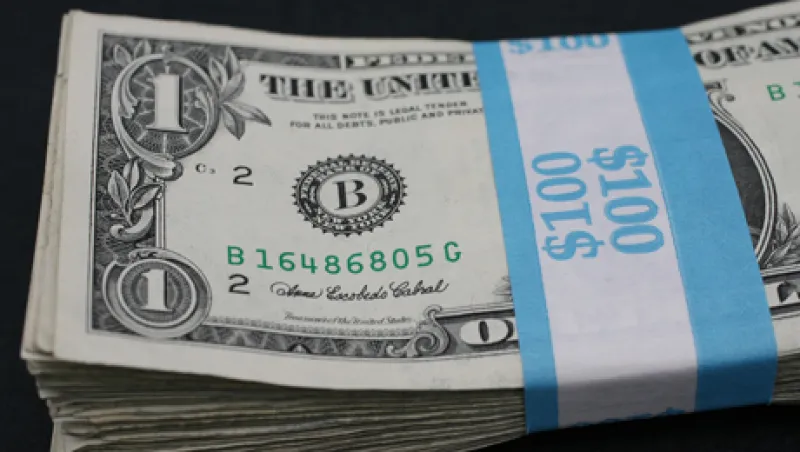Defined-contribution-plan participants can be forgiven for feeling abandoned during the recent economic crisis, when many corporations suspended 401(k) matching contributions. Employers that took this step at some point between 2007 and 2009 included American Express Co., Honeywell International, JPMorgan Chase & Co., Motorola and Starbucks Corp.
Although sponsors don’t have to report when they stop or resume matches, the Washington-based Pension Rights Center tracked suspensions as recently as 2011. “The 401(k) match is very important in that it provides employees with the incentive to contribute at least to the match level,” says legal director Rebecca Davis, who works closely with plan participants on contribution matters.
Combined with low returns from increasingly lower-risk portfolios, gaps in matching contributions have made it even harder for workers to meet their retirement goals. Sponsors need strong defined contribution plans to attract and keep talented employees, and some of them are trying to recover lost ground by offering better inducements to save. “While the vast majority of DC plans already offer some form of matching contribution, not all have structured those policies as strategically as possible to encourage savings,” says Donn Hess, Kansas City, Missouri–based head of product development for J.P. Morgan Retirement Plan Services.
Prospects look brighter now that matches have resumed. In its 2012 survey of U.S. defined-contribution-plan sponsors, consulting firm Towers Watson found that 79 percent of respondents that reduced or suspended their contributions had partly or fully reinstated them. The survey also noted that employer contributions are steadily increasing, a finding echoed by Schwab Retirement Plan Services, the benefits recordkeeping arm of financial services firm Charles Schwab Corp. Schwab recently reported that 73 percent of employers polled made 401(k) matching contributions last year, up from 68 percent in 2010.
As they revisit their plan designs, more sponsors are making so-called nonelective matches that funnel contributions to participants regardless of whether those workers are deferring salary, says Robyn Credico, Arlington, Virginia–based defined-contribution-practice leader for Towers Watson. About a quarter of employers from the firm’s 2012 survey are making nonelective matches.
Driving these trends are spare cash after the shutdown of defined benefit plans and sponsors’ desire to make their defined contribution offerings more attractive to new participants, Credico explains. Defined contribution enrollments are on the rise too. Last year 56 percent of companies had a defined contribution participation rate of 80 percent or higher, up from 50 percent in 2010, Towers Watson reports.
Credico and her colleagues have also noted an increase in defined contribution participants when sponsors bring in automatic enrollment. Even when the employer match stays the same, she says, companies are showing a commitment to the plans by offering them to more people.
The percentage of salary that an employer is willing to match is climbing again but still catching up to precrisis levels. Schwab pegs the average at 3.95 percent of salary last year, compared with 4.19 percent in 2007.
There’s evidence that many employees save up to but not beyond the match amount, J.P. Morgan’s Hess says. Companies need to consider matching 50 percent of employee contributions up to 6 percent of salary rather than all of the first 3 percent, he contends. “Matching only up to 3 percent can actually discourage participants from raising their deferral rate,” Hess says. “The portion contributed by the company remains the same in dollar terms, but the impact on participant savings can have a significant benefit,” he adds of his recommendation.
Jack VanDerhei, research director for the Washington-based Employee Benefit Research Institute, has seen the same counterintuitive result. VanDerhei compared 401(k) plans whose sponsors made more than $100,000 in matching contributions in 2007 before turning off the taps the following year. The more generous the match, the more likely employees were to stop contributing when it disappeared.
Worried workers should remember that if employers wanted to end their plans, they’d shut them down, VanDerhei says. “Sponsors have always been intent on bringing the matches back as soon as it is practical,” he adds.






